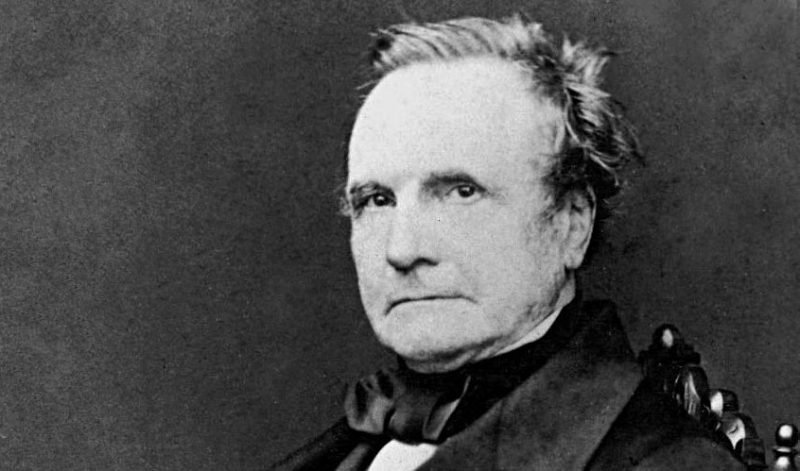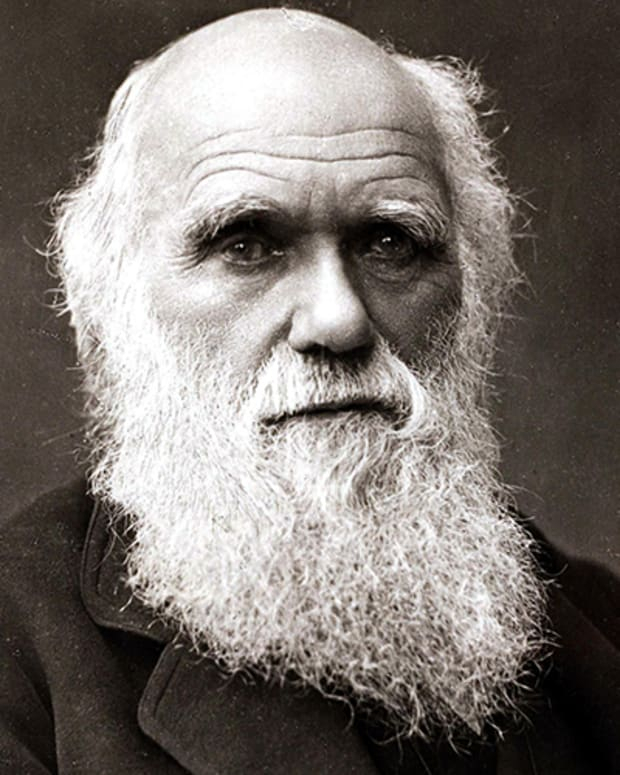Charles Babbage was instrumental in setting up the Royal Astronomical Society
One of the interesting facts about Charles Babbage is that he contributed to the establishment of the Analytical Society in 1812, whose goal was to introduce innovations from the European continent into English mathematics. He was chosen as a fellow of the Royal Society of London in 1816. He played a key role in the establishment of the Statistical and Royal Astronomical Societies in 1820. This was challenging labor because it included repetitive activities and called for meticulous attention. In this capacity, Babbage came up with the concept of a labor-saving device that could produce the tables on demand.
Babbage first had the notion of automating the computation of mathematical tables in 1812 or 1813. Later, he created a little calculator with eight decimal places for some arithmetic operations. The Difference Engine, a machine with a 20-decimal capacity, was then designed with government funding in 1823. The Difference Engine was a digital device that used decimal positions on toothed wheels to represent discrete digits rather than smooth amounts for its operation. The next wheel moved forward one position, carrying the numeral, when one of the toothed wheels went from nine to zero.
The Difference Engine contained storage, or a location where data could be temporarily saved for subsequent processing, just like current computers. Babbage had to commit himself to the creation of mechanical engineering methods in order for it to be built. In the interim, he held the position of Lucasian Professor of Mathematics at Cambridge University in the interim. However, Babbage never really built the whole engine, which was intended to be room-sized. All design and construction came to an end in 1833 when Joseph Clement, the machinist in charge of actually manufacturing the machine, refused to continue until he was compensated.









